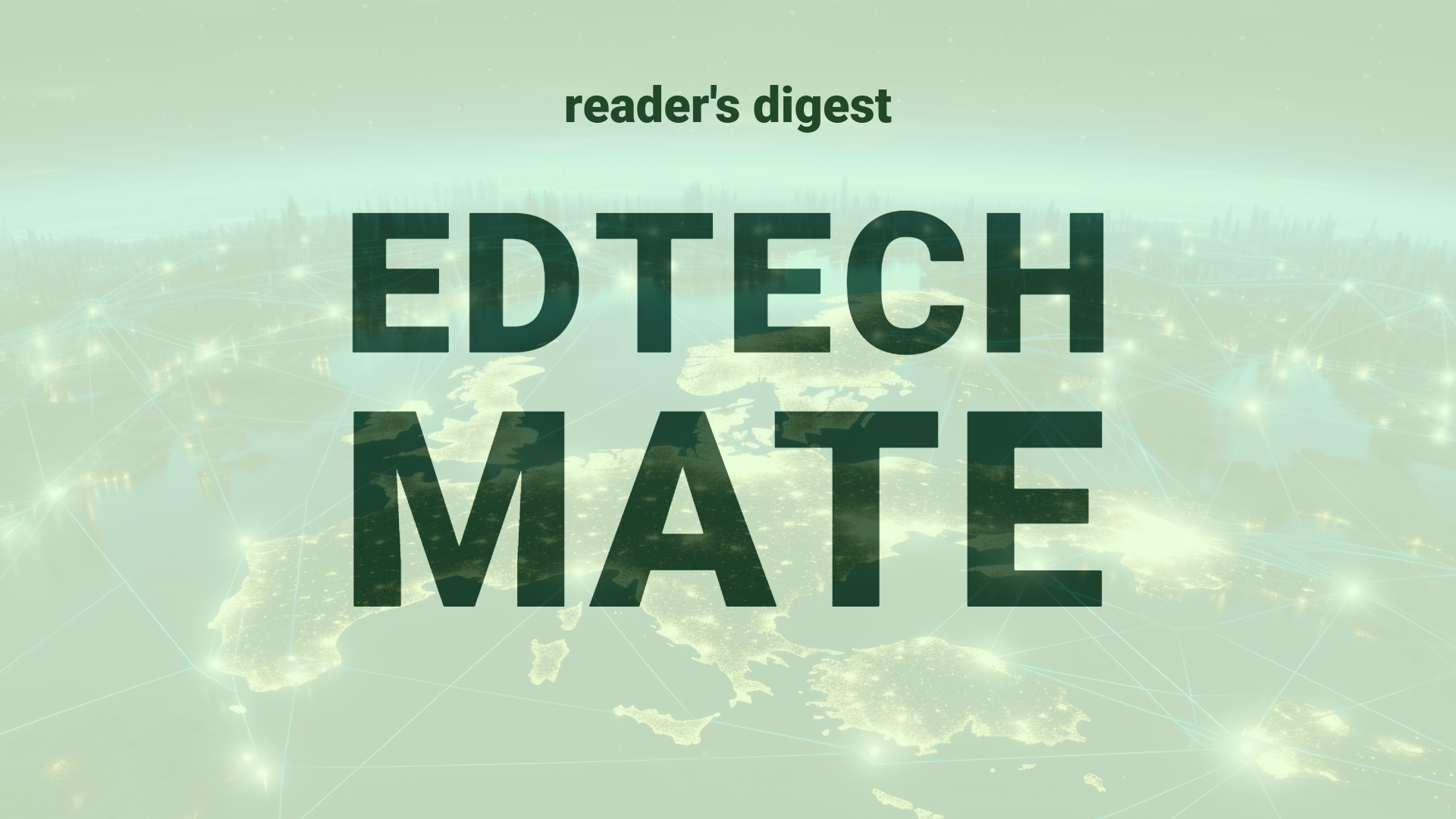Executive Summary and Main Points
In the arena of global higher education and digital transformation, leaders are confronted with complex challenges accentuated by economic, political, and socio-economic factors. The integration of Artificial Intelligence (AI) within the information sphere presents both unparalleled prospects and significant perils. Critical discernment remains a pivotal ability for executives navigating the deluge of research, encompassing open access academic studies, consultancy reports, and varied media channels. The “ladder of misinference” framework, categorizing misinformation into four distinct missteps, emerges as an essential tool to assuage the overwhelming flood of data and to verify its reliability within the context of strategic decision-making in higher education.
Potential Impact in the Education Sector
As the education sector encounters the realities of the fourth industrial revolution, the potential for transformative impact through advancements such as AI is significant. By scrutinizing information validity through the “ladder of misinference,” leaders can more astutely navigate Further Education, Higher Education, and Micro-credentials landscapes. The emphasis on representative data and robust evidence entrenches the foundation for strategic partnerships and digitalization efforts, fostering environments conducive to critical thinking and analytical rigor amidst the push towards digital transformation.
Potential Applicability in the Education Sector
The incorporation of AI and digital tools in global education systems can be informed by frameworks like the “ladder of misinference”. By assuring that data is accurate, representative, conclusive, and contextually universal, educational technologies can be developed and applied more effectively. This forefront approach emboldens colleges, universities, and online platforms to better measure and assure the quality of education through technologically enriched methods that transcend traditional limitations, ultimately leading to a more discerning and data-driven global education climate.
Criticism and Potential Shortfalls
Despite the potential for AI to revolutionize information handling in education leadership, there are criticisms and shortfalls to consider. The heightened risk of reinforcing confirmation biases and the possibility of unsound data perpetuating misinformation represent notable challenges. Ethical and cultural considerations must also be acknowledged, as technology integration can exacerbate disparities and overlook the nuanced understanding that local contexts require. Comparative international case studies underscore the necessity for a tempered and culturally sensitive implementation of educational technologies.
Actionable Recommendations
To adeptly incorporate these technologies into higher education strategies, leadership must adhere to rigorous standards of information vetting and promote information literacy across institutions. The “ladder of misinference” serves as a valuable heuristic in this process. It is advisable for leadership to cultivate an organizational culture that prizes critical inquiry, fosters transparency in data use, and ensures the universal applicability of evidence before its integration into policy and practice. Tailoring digital and AI applications to the distinctive requirements of global education will further cement their value in this rapidly evolving sector.
Source article: https://hbr.org/2024/06/how-to-vet-information-before-making-a-decision

